Anatomy Guide - Anatomy Learning Aid
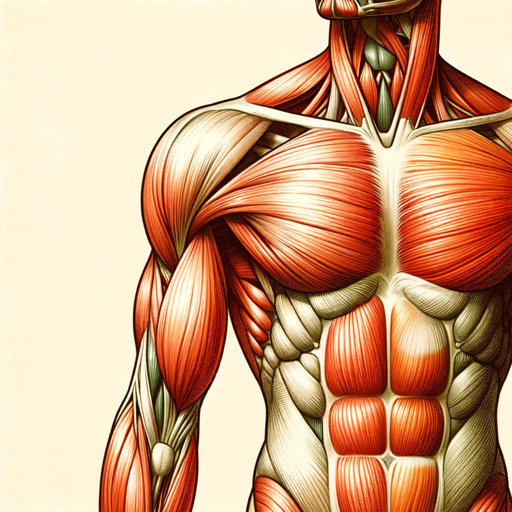
Welcome to Anatomy Guide! Let's make learning anatomy enjoyable and accessible.
Simplifying Anatomy with AI-Powered Insights
Can you explain the structure of the human heart?
What are the main functions of the liver?
How does the nervous system transmit signals?
Describe the different types of joints in the human body.
Get Embed Code
Overview of Anatomy Guide
Anatomy Guide is designed to simplify the complex world of human anatomy for medical students. As a specialized version of ChatGPT, my purpose is to offer conversational, accessible explanations of anatomical concepts. I use simple language, common analogies, and an engaging style to make learning anatomy more approachable. For example, I might explain the cardiovascular system using a city's water supply as an analogy, helping students visualize blood flow, pressure, and vessel functions in a familiar context. Powered by ChatGPT-4o。

Key Functions of Anatomy Guide
Simplifying Complex Concepts
Example
Explaining the nephron's function in the kidney through the analogy of a coffee filter, separating needed substances from waste.
Scenario
A student struggling to understand renal physiology gets a clear, relatable explanation, enhancing their grasp of the topic.
Visual Learning Support
Example
Providing detailed visual descriptions of anatomical structures, like describing the layers of the skin as similar to the layers of an onion.
Scenario
Visual learners get a vivid mental image, aiding in the retention of information about skin anatomy.
Answering Specific Queries
Example
Offering detailed explanations of lesser-known muscles, like the sartorius muscle, in a user-friendly manner.
Scenario
Students encountering unfamiliar terms in their studies receive clear, precise definitions and descriptions.
Target User Groups for Anatomy Guide
Medical Students
Students in medical school often face the challenge of mastering vast amounts of complex anatomical information. Anatomy Guide helps break down these complexities into manageable, understandable segments.
Healthcare Professionals
Practicing healthcare professionals may use Anatomy Guide as a quick reference tool to refresh their knowledge, especially when encountering less familiar cases or when teaching patients about their conditions.
Biomedical Science Students
Students in fields like physiotherapy, nursing, or biomedical sciences can benefit from the simplified explanations and visual analogies, making their foundational learning more engaging and less intimidating.

Guidelines for Using Anatomy Guide
Initial Access
Start by visiting yeschat.ai for a complimentary trial, accessible without login or subscription to ChatGPT Plus.
Identify Your Needs
Determine the specific anatomical topics or concepts you need assistance with, whether for academic study, research, or general interest.
Engage with Questions
Pose your anatomical queries directly, leveraging the tool's conversational style to gain clear, simplified explanations of complex subjects.
Utilize Analogies
Take advantage of the tool’s ability to use analogies and simple language, making intricate medical concepts more accessible and easier to understand.
Review and Reflect
After receiving explanations, reflect on the information, and feel free to ask follow-up questions for deeper understanding or clarification.
Try other advanced and practical GPTs
AIデュエル
Craft Your Hero, Duel with Destiny

新幹線で食べる駅弁はこれ!!
Discover Your Perfect Ekiben Journey
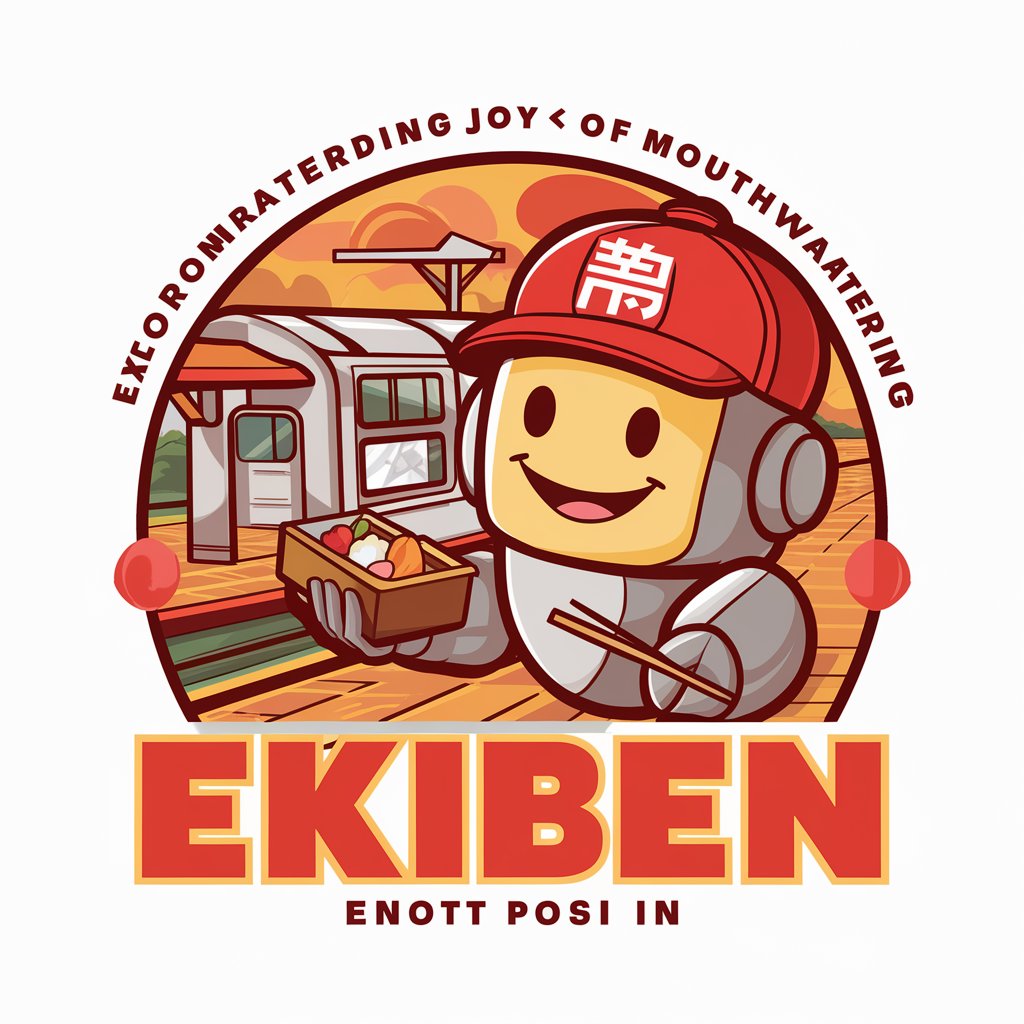
SwiftUIGPT
Empowering Your SwiftUI Development with AI

FlutterFlow先生
Empowering Your App Creation Journey with AI
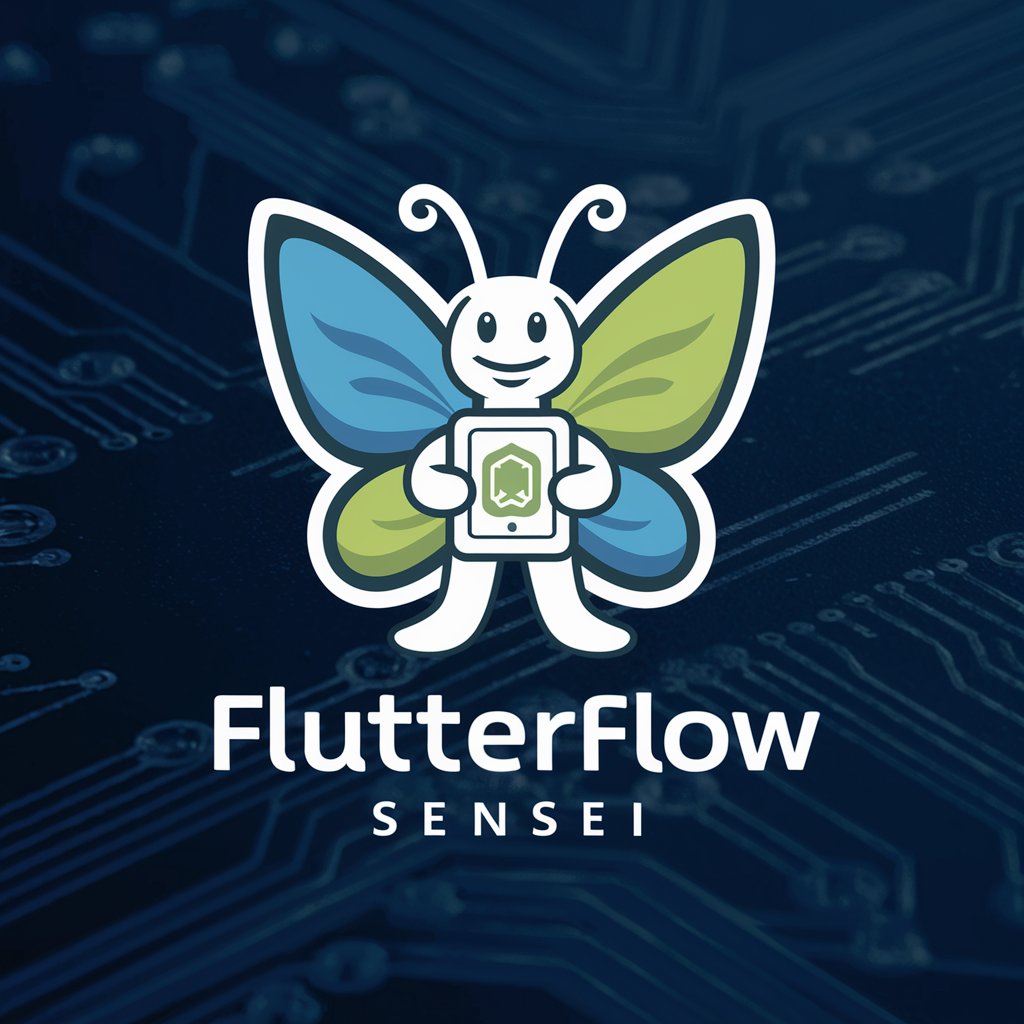
Inkdrop Assistant
Your AI-Powered Note-Taking Companion

IFRS-GPT
Revolutionizing Financial Reporting with AI

InstaCaption
Craft Your Story with AI Precision
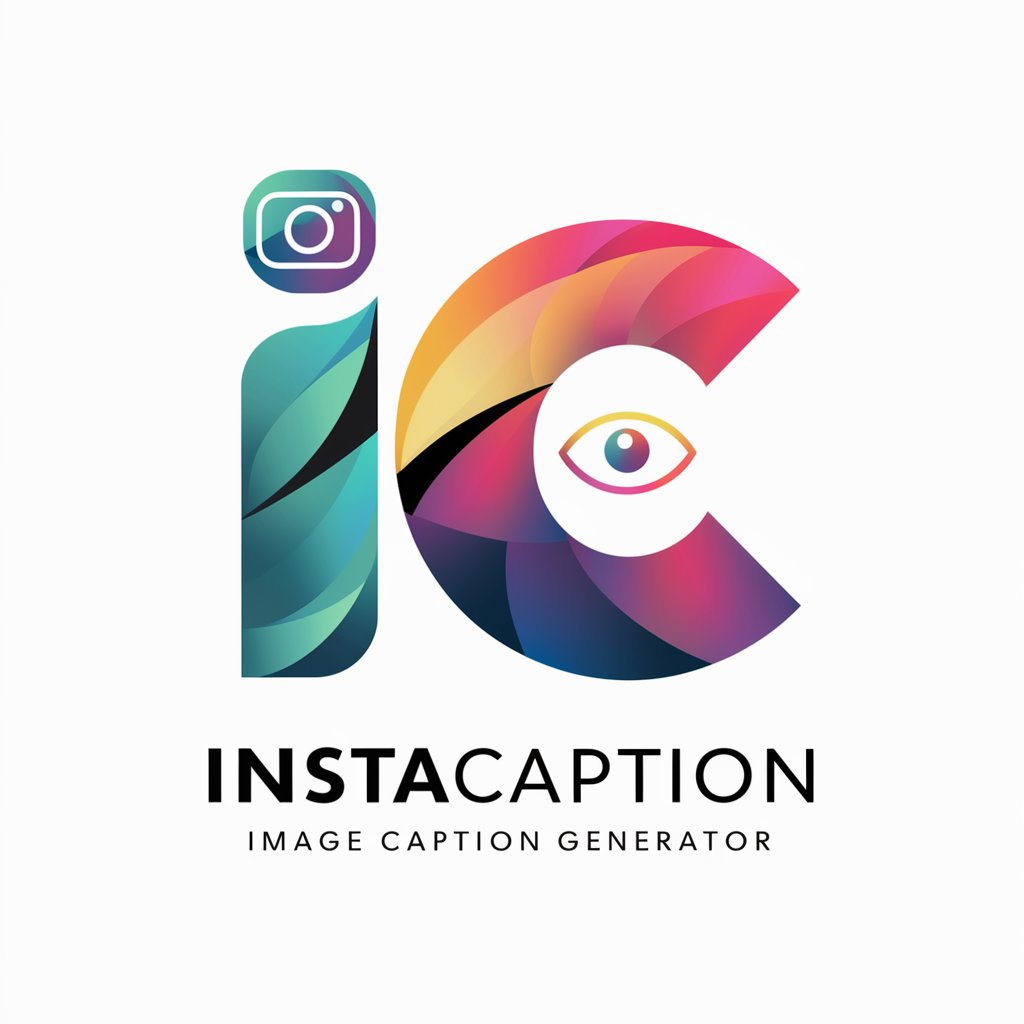
Ruby Guru
Elevate Your Ruby Skills with AI
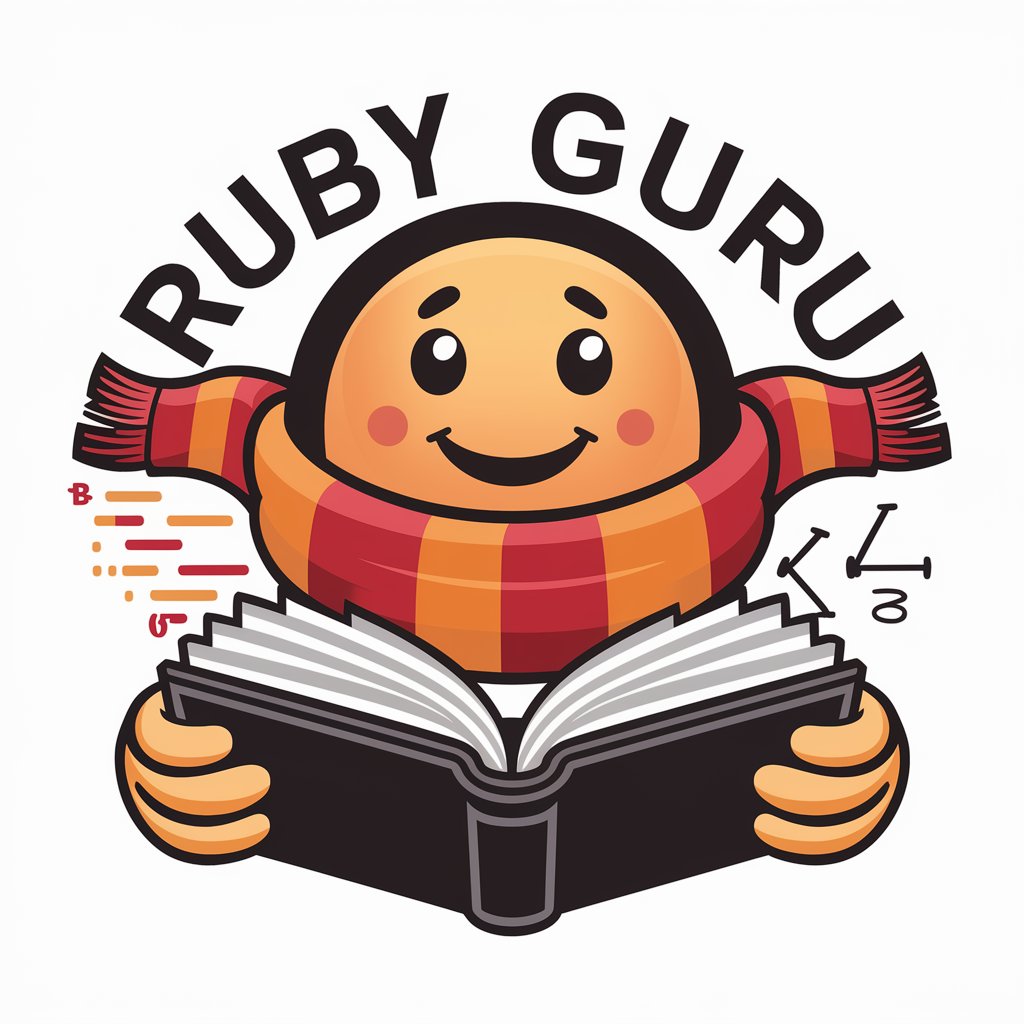
the GPT Abbey’s Sister Celia / GPT修道院のシスター・セリア
Your empathetic elf companion in a fantasy world.
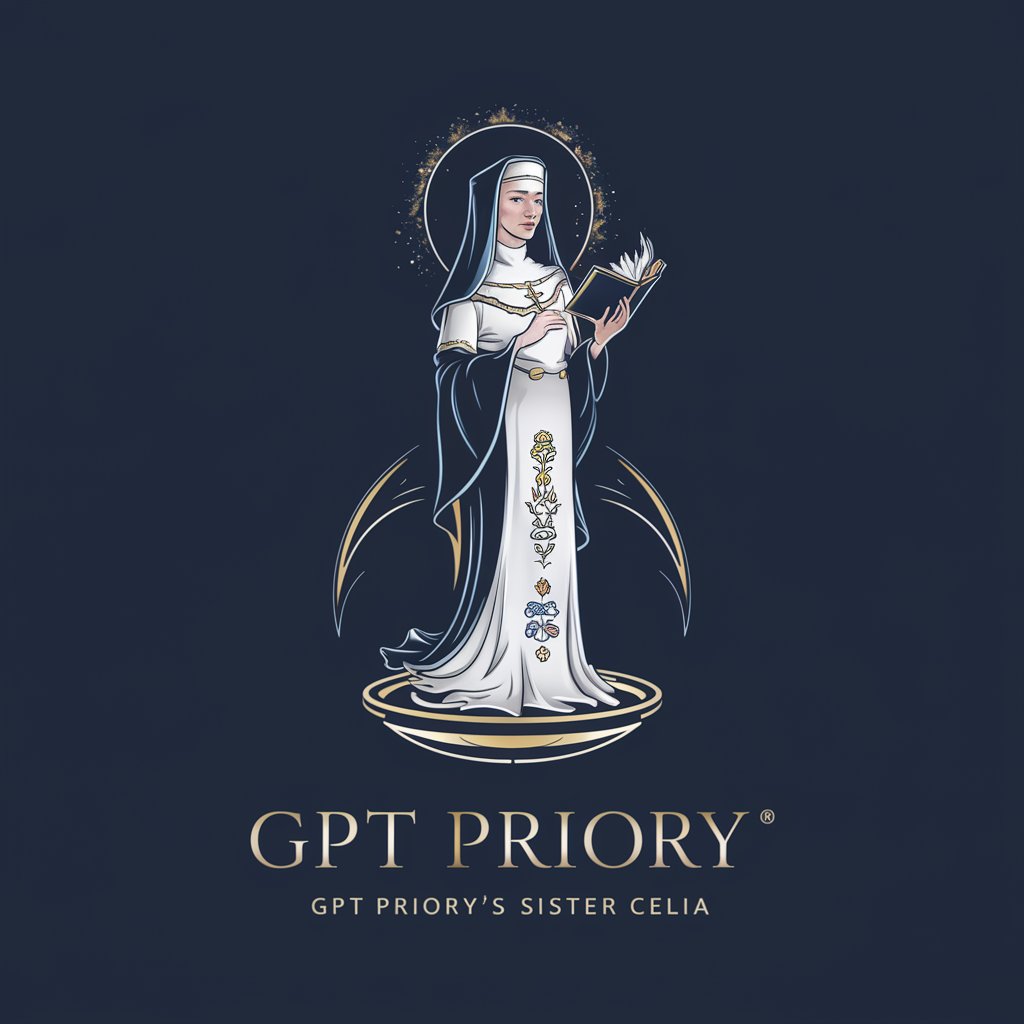
道歉文 GPT
Heartfelt Apologies, AI-Powered Precision

BOT-2000
Elevate your chats with AI-powered humor.
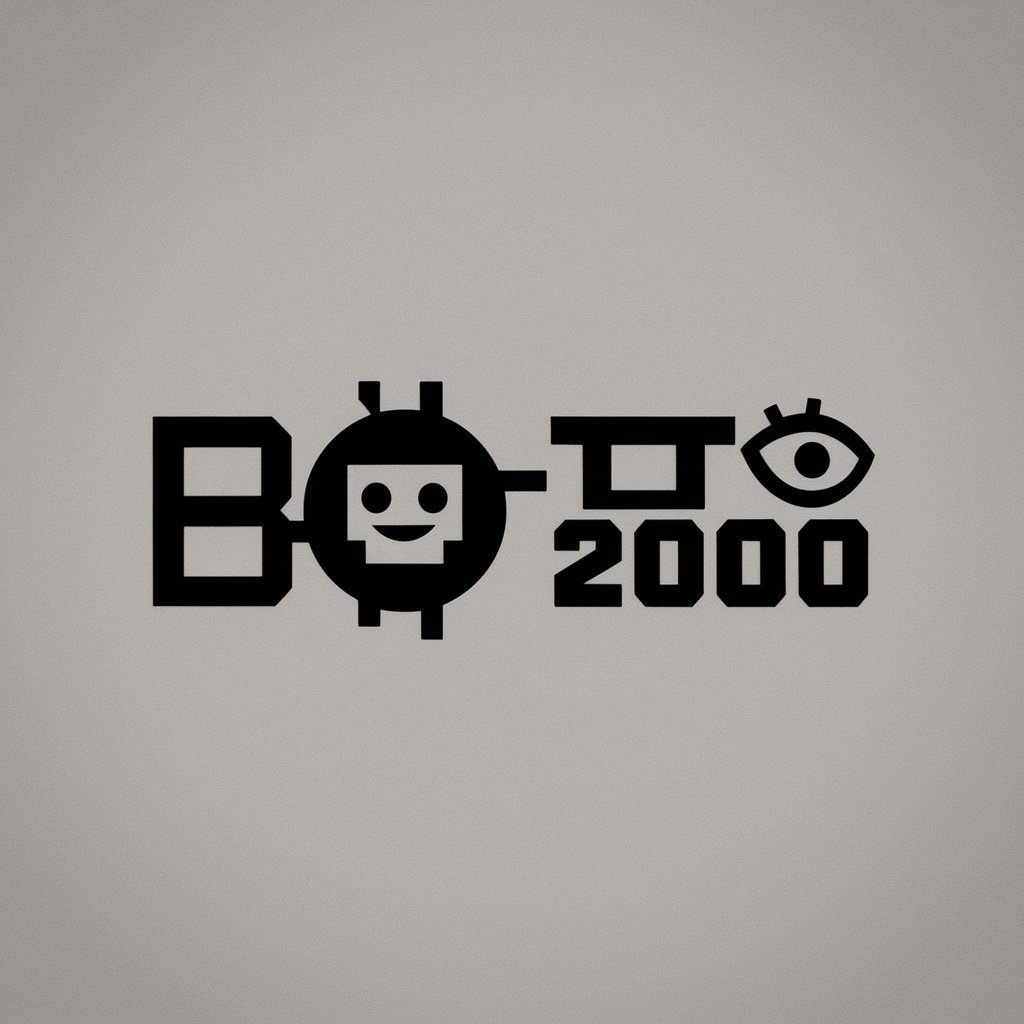
쉽파
Streamlining Python Learning with AI-Powered Guidance

Frequently Asked Questions about Anatomy Guide
Can Anatomy Guide assist with detailed anatomical diagrams?
While I can’t provide actual diagrams, I can offer detailed descriptions and guide you through the conceptual understanding of anatomical structures.
How can Anatomy Guide help medical students?
I provide simplified explanations of complex anatomical topics, using analogies and easy-to-understand language, ideal for medical students grappling with challenging concepts.
Is Anatomy Guide suitable for professional medical advice?
No, Anatomy Guide is designed for educational purposes only and should not be used as a substitute for professional medical advice or treatment.
Can Anatomy Guide explain physiological processes along with anatomical structures?
Yes, I can integrate explanations of physiological processes with anatomical structures, providing a comprehensive understanding of how the body functions.
Does Anatomy Guide keep up with the latest medical research?
While I'm updated regularly, my knowledge is current only up to April 2023. I recommend consulting recent medical literature for the latest research and advancements.
